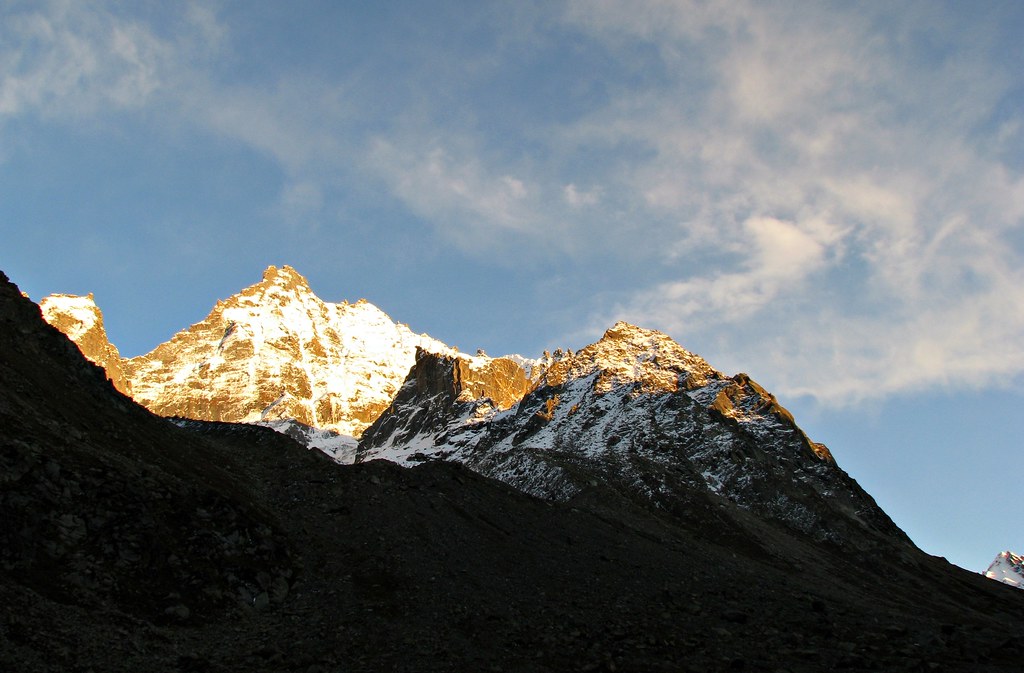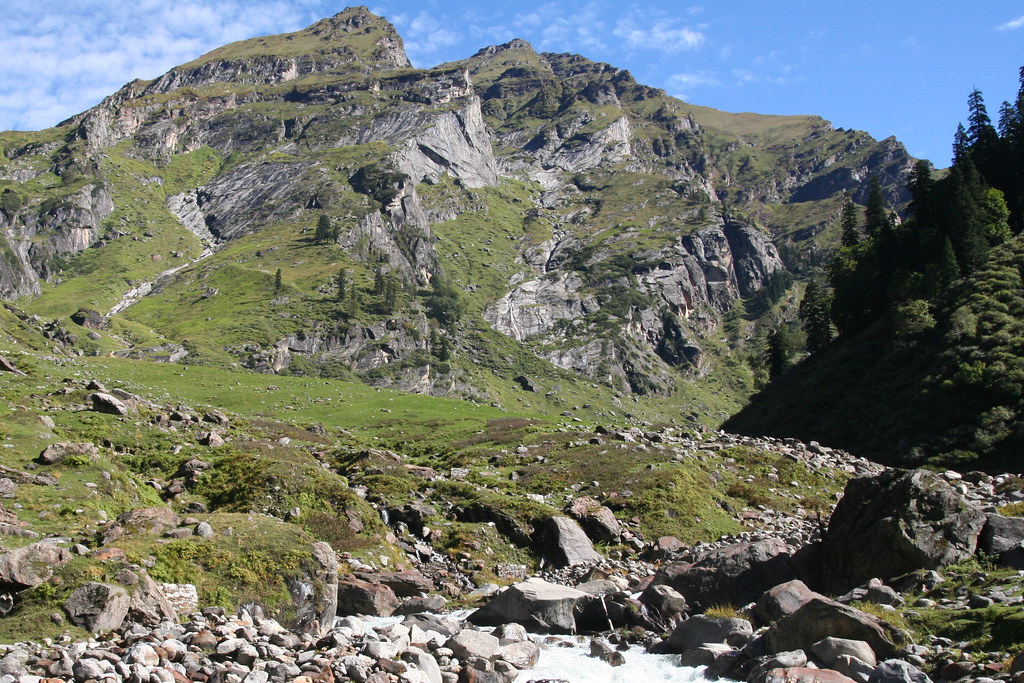Best time for hampta pass trek
The best time to visit Hampta Pass largely depends on your trekking preferences and experience. Summer (June to September) is ideal, with pleasant temperatures between 15°C to 20°C, clear skies, and accessible trails. This season also features lush meadows adorned with colorful wildflowers. In monsoon season (July to August), heavy rainfall can make trails slippery and increase the risk of landslides, making it a challenging time for trekking. However, this period brings lush greenery and fewer crowds, though trekkers should be prepared for the rain. Autumn (September to October) offers another excellent opportunity with clear trails and pleasant temperatures of 10°C to 15°C. The weather is stable, providing stunning views and a more serene trekking experience with fewer people on the trails. Winter (November to March), while less favorable due to extreme cold and heavy snowfall, transforms the region into a snow-covered wonderland for experienced trekkers seeking a unique adventure. Regardless of the season, always check weather forecasts, pack appropriate gear, and book in advance to ensure a safe and enjoyable trek.

Hampta Pass Trek: Your Ultimate Seasonal Guide
Summer (June to September):
The Hampta Pass trek is at its peak during summer, with temperatures ranging from 15°C to 20°C. This season offers the best trekking conditions—clear trails, vibrant wildflowers, and lush meadows. Expect a bustling trail, so booking in advance is crucial. Enjoy the crisp air and scenic views, but be prepared for sudden rain showers. It’s the perfect time to experience the full splendor of the Himalayas in bloom.
Monsoon (July to August):
Monsoon brings heavy rains, making the trails slippery and the terrain challenging. However, if you’re up for a less crowded adventure, this might be your season. The lush, green landscape is breathtaking, though the risk of landslides and muddy paths requires careful preparation. Equip yourself with waterproof gear and stay updated on weather conditions to tackle the elements safely.
Autumn (September to October):
Autumn is a favorite among trekkers for good reason. With temperatures between 10°C and 15°C and stable weather, it’s a great time for clear, unobstructed views. The trails are generally dry, and the scenery is nothing short of spectacular, with vibrant fall colors painting the landscape. The fewer crowds mean a more serene trekking experience. Just remember to book early, as it’s a popular time.
Winter (November to March):
Winter transforms Hampta Pass into a snow-clad paradise. Expect freezing temperatures and heavy snowfall, which can block trails and make trekking more challenging. This is for the adventurous at heart, with the right gear and experience. The snow-covered scenery is stunning, but it requires careful planning and preparation. If you’re up for an extreme adventure, winter offers a unique, tranquil trekking experience.

Hampta Pass Trek: Peak Season Experience
The peak season for the Hampta Pass trek is undoubtedly summer (June to September). This period is when the trek is at its most vibrant and accessible, with temperatures ranging from 15°C to 20°C. The snow on the trails has melted, revealing lush green meadows and vibrant wildflowers that paint the landscape in stunning colors. Clear skies and stable weather provide perfect trekking conditions, making it an ideal time to experience the full beauty of Hampta Pass.
Summer’s popularity means the trails are busier, so booking your trek and accommodations well in advance is crucial. Despite the crowds, the sheer beauty of the verdant scenery, coupled with the generally pleasant weather, makes this the best time for most trekkers to embark on their Hampta Pass adventure.

Hampta Pass trek best months to go
Hampta Pass Trek in July: A Perfect Adventure
July is one of the best months to experience the Hampta Pass trek, offering a combination of ideal weather conditions and stunning natural beauty. Here’s why July is a great time to embark on this Himalayan adventure:
Weather and Conditions
Temperature: Daytime temperatures range from 15°C to 20°C, making for pleasant trekking conditions. Nights can be cooler, so packing warm layers is advisable.
Trails: By July, the snow on the trails has mostly melted, revealing lush green meadows and vibrant wildflowers. The paths are well-defined and accessible, though occasional rain showers may occur.
Scenery: The landscape is in full bloom, with wildflowers creating a colorful tapestry against the backdrop of the towering peaks. The verdant meadows and flowing streams are at their most picturesque.
Why July is Ideal
1. Beautiful Scenery: July brings the peak of summer, where the meadows are lush and the wildflowers are in full bloom. The views are breathtaking, and the landscape is at its most vibrant.
2. Stable Weather: While occasional rain showers can occur, they generally add to the experience rather than detract from it. The rain keeps the air fresh and the landscape green, enhancing your trekking experience.
3. Active Trails: July is a popular time for trekking, so the trails are lively with fellow adventurers. This creates a vibrant atmosphere and provides opportunities to meet other trekkers and share stories.
Tips for Trekking in July
Pack Smart: Bring layers to adapt to varying temperatures and waterproof gear to handle occasional rain.
Stay Hydrated: The warmer weather means you’ll need to drink more water, so keep a refillable water bottle handy.
Plan Ahead: Book your trek and accommodations well in advance to ensure availability during this popular season.
Hello! I’m,Ratndip a dedicated trekking enthusiast with a deep love for exploring the world’s most captivating trails. With over 2 years of trekking experience, I’ve had the privilege of hiking through stunning landscapes, from the majestic Himalayas to the lush Amazon rainforest. My journey into trekking started as a personal quest for adventure and has evolved into a lifelong passion for discovering new terrains and connecting with nature.